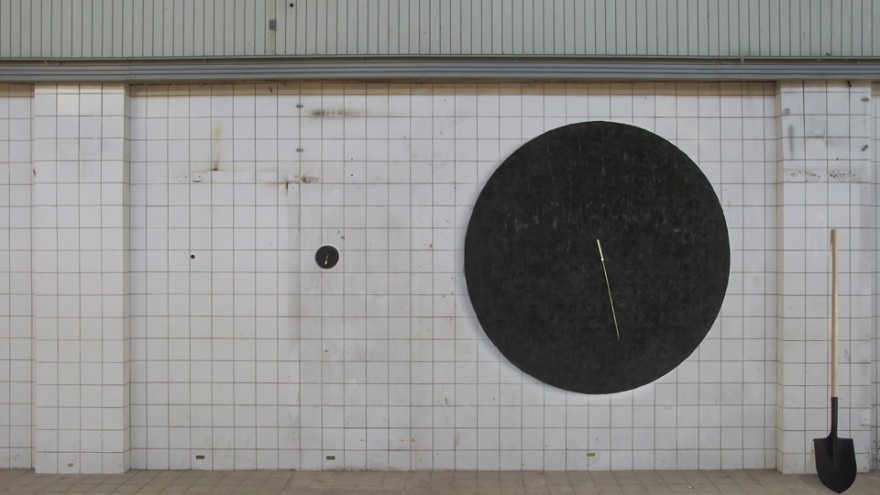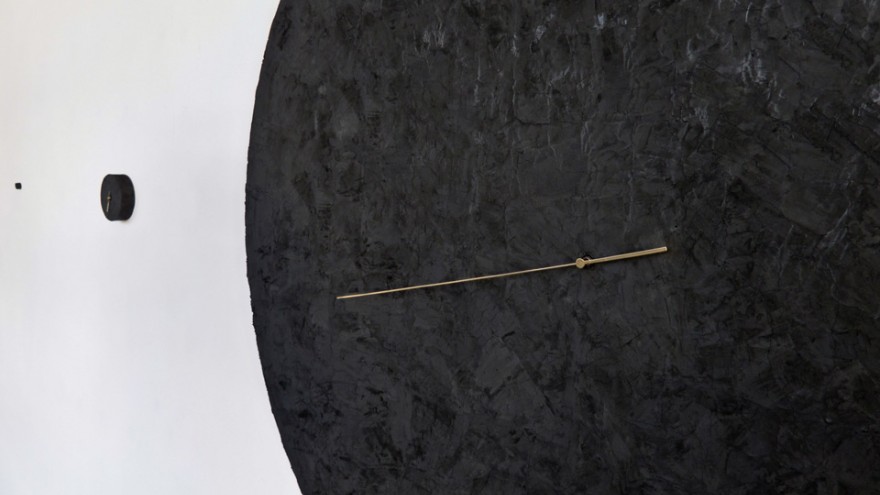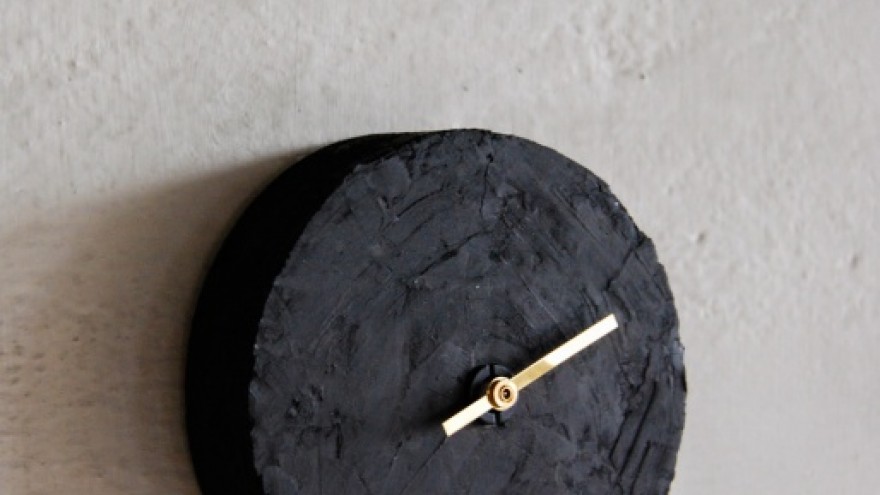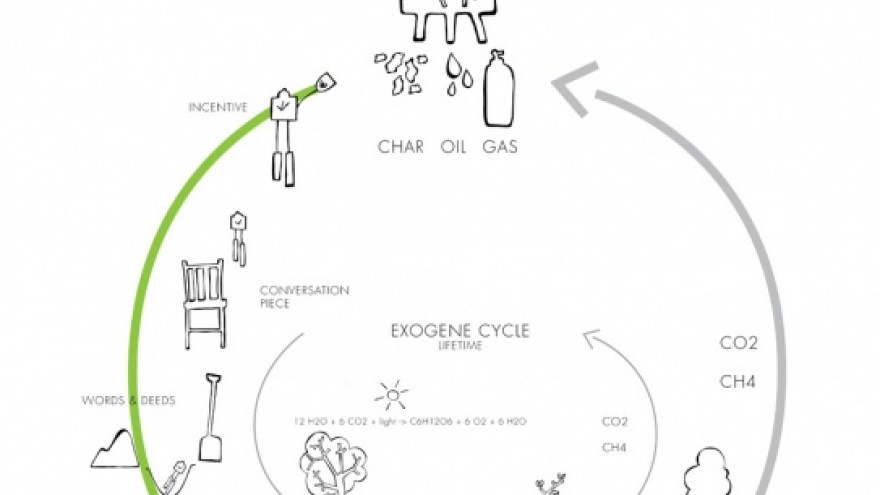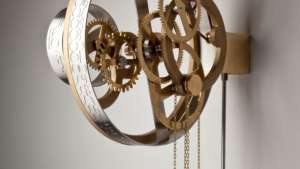From the Series
Design Academy Eindhoven graduate Judith Zeeman created the Carbon Age project to highlight the amount of carbon pollution in the atmosphere at different periods throughout history.
The first clock that Zeeman created represent the carbon that was present in the atmosphere from 1350 to 1769, known as the "black powder" period. The second period that Zeeman documented was the so-called "coal" period, from 1770 to 1889. The last period extends from 1890 to the present day and has been dubbed the "oil" period.
The clocks are made of biochar, which consists of the thermal decomposition of agricultural waste and consists mainly of carbon. To make the clocks, Zeeman mixed the biochar with starch and water.
The smallest clock represents the "black powder period" and has an hour-hand, referencing the relatively slow rate at which carbon was being pushed into the atmosphere.
The clock in the middle has a minute-hand and looks at the carbon emissions of the coal period, while the biggest clock refers to present day condition with a second-hand to indicate the rapid rate at which carbon emissions are affecting the planet.
While the hands on the clocks portray the speed of the yearly emissions, the volume of the clocks represent the total anthropogenic carbon emissions of the period.

